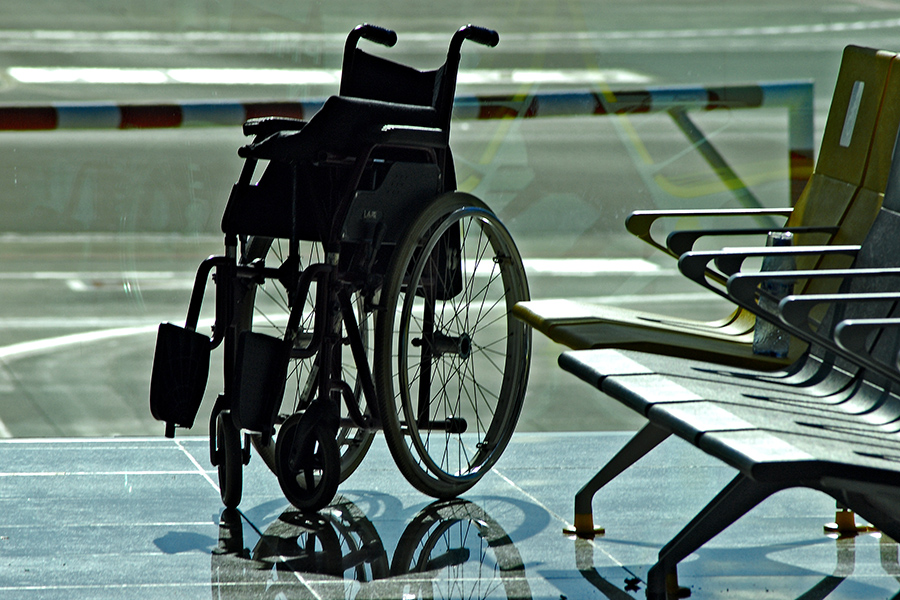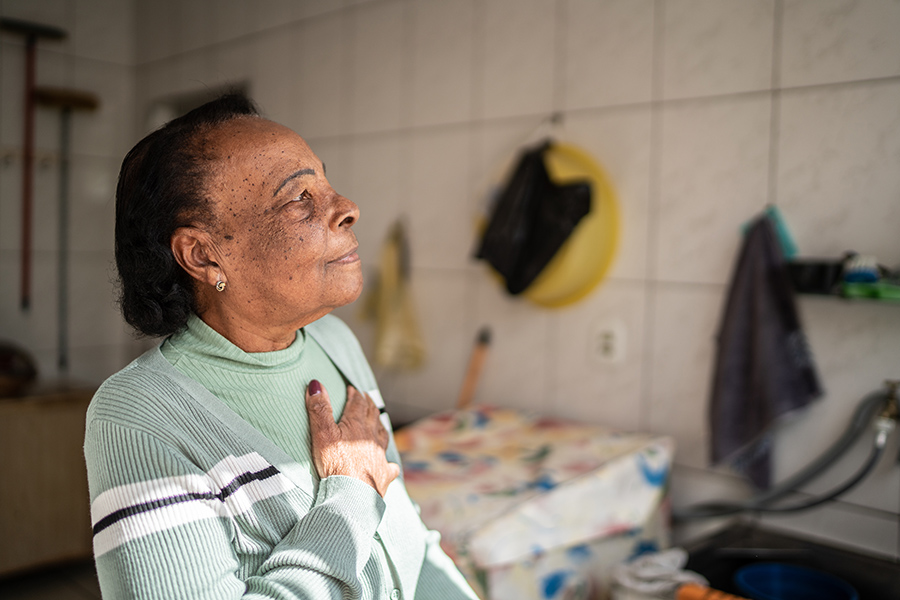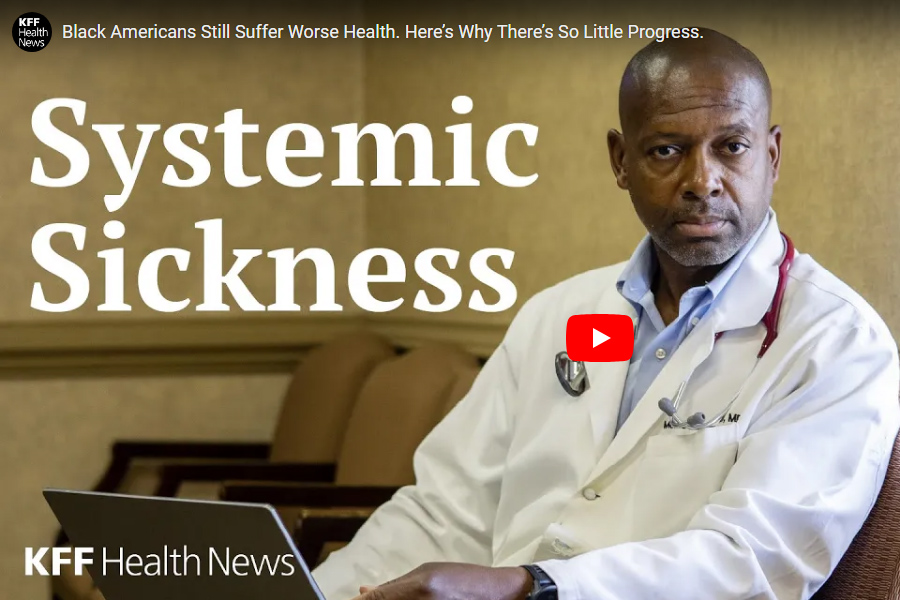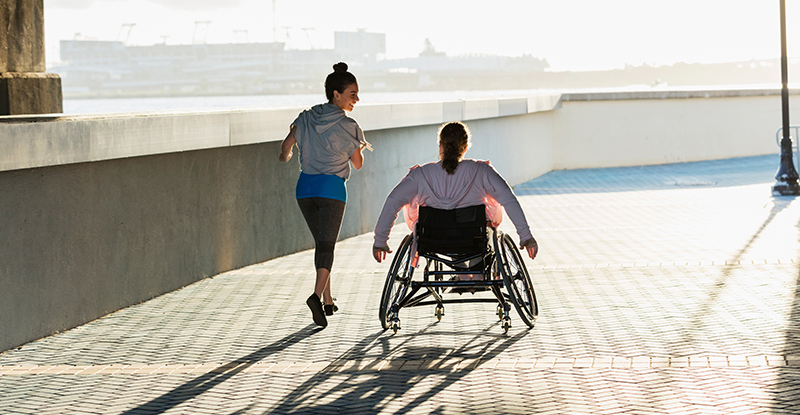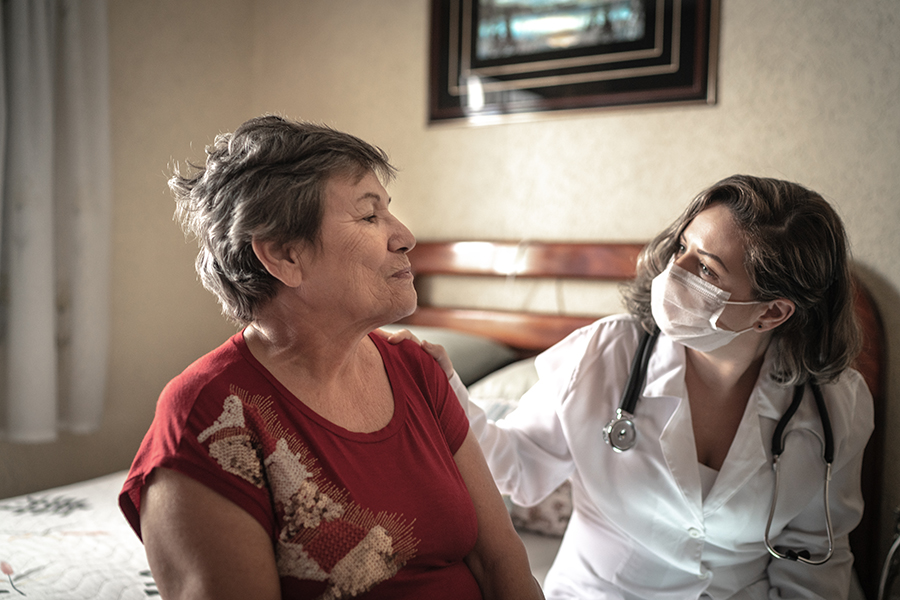What is a Stroke?
A cerebral vascular accident (CVA) is most commonly referred to as a stroke. It happens when the blood supply to part of your brain is interrupted or severely reduced, therefore depriving brain tissue of oxygen and food. Without treatment, brain cells begin to die within minutes.
Stroke Symptoms
If you think you or someone you care for may be having a stroke, watch for the following symptoms and seek medical help immediately:
- Sudden numbness, tingling, weakness, or loss of movement in your face, arm, or leg, especially on only one side of your body.
- Sudden vision changes.
- Sudden trouble speaking.
- Sudden confusion or trouble understanding simple statements.
- Sudden problems with walking or balance.
- A sudden, severe headache that is different from past headaches.
Types of Strokes
There are several types of strokes broken down into two major categories: ischemic stroke (blood clots block supply of oxygen to the brain) and hemorrhagic stroke (bleeding).
Ischemic stroke occurs when a blood vessel that supplies blood to the brain is blocked by a blood clot. This may happen in two ways:
- A clot may form in an artery that is already very narrow. This is called a thrombotic stroke.
- A clot may break off from another place in the blood vessels of the brain, or from some other part of the body, and travel up to the brain. This is called cerebral embolism, or an embolic stroke.
Ischemic strokes may be caused by clogged arteries. Fat, cholesterol, and other substances collect on the artery walls, forming a sticky substance called plaque.
A hemorrhagic stroke occurs when a blood vessel in part of the brain becomes weak and bursts open, causing blood to leak into the brain. Some people have defects in the blood vessels of the brain that make this more likely.
As scary as this all sounds, it is important to also know that strokes can be TREATED and PREVENTED! Better control of major stroke risk factors can certainly help.
Stroke Risk Factors
Some conditions and lifestyle choices can put people at higher risk for stroke. Some common risk factors include:
- High Blood Pressure
- Diabetes
- High Cholesterol
- Family history of stroke
- Smoking
- Heavy drinking
- Poor diet
- Use of illegal drugs
Prompt treatment is crucial. Some stroke victims can be treated with drugs that break up clots, which may curb brain damage – but only when administered within three hours of the initial stroke symptoms. Once the affected brain tissue has died, the body parts controlled by that area will no longer work properly. This is why stroke is a leading cause of long-term disability. Early action can minimize brain damage and potential complications. Knowing the causes and symptoms of a stroke is a good place to start toward preventing long-term conditions.
For more information about stroke symptoms, risk factors and treatment options, visit the sites of any of the following sources: WebMD, Medline Plus, PubMed.
This article was written by a contributing author at Shield HealthCare.













